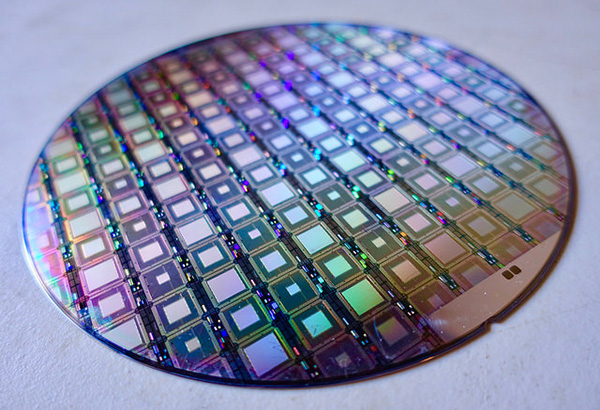
There is a race, essentially between China, the US and Europe, to acquire new technologies, including Artificial Intelligence (AI). It will determine economic (and military) dominion in the not too-distant future. One of the 10 greatest risks foreseen this year by the Eurasia Group consultancy is what it calls the ‘global tech Cold War’. There are differences between the participants. In the US it is the private sector that is making the running, although the Pentagon and the Defense Advanced Research Projects Agency (DARPA) are heavily involved. The Pentagon, fearful of the civilian sector overtaking the military in tech innovation, has opened a centre in Silicon Valley for its proximity to the most innovative players. The impetus in China comes essentially from the state, which unlike the US boosts rather than cuts spending on public R&D; the private sector is involved too, however, in the form of major platforms and companies, with the two sides engaging in close coordination and planning, including at a local level. The situation in Europe is mixed.
The US still attracts the finest talents, but China produced 1.6 million graduates in science and engineering in 2017, more than any other country. China boasts an unparalleled test bed and source of big data with its more than 730 million domestic Internet users, and a market that is closed to some US platforms. Beijing does not conceal its ambition to lead in this and other areas, including the advantages that it will accrue through AI in the military and geopolitical domain. China is pursuing a national AI strategy, announced last summer, to create a US$150 billion industry (some €120 billion) by 2030. According to calculations made by the Financial Times, based on information gleaned from publishers’ databases, 2016 was the first time that China produced more AI-related academic articles than the 28 members of the EU, although as far as quality is concerned –measured as the 5% most cited papers– the EU leads China, with the latter ahead of the US.
Europe, the third party to the dispute, is thus not badly placed. Indeed, according to a recent publication from the European Commission’s European Political Strategy Centre, ‘Europe is back’ in many respects. Unlike other places, Europe has a large number of dynamic tech hubs distributed throughout the continent, the report points out. As a result, investment in the EU27’s technology sector increased to €11.2 billion in 2017, a fivefold increase since 2011. In the field of AI, Europe has 32 research institutions in the top 100 worldwide, compared with 30 in the US and 15 in China. However, Europe lacks large platforms comparable to America’s GAFA (Google, Apple, Facebook and Amazon) or China’s BAT (Baidu, Alibaba and Tencent). It has to develop a different model.
China is trying to get hold of US and European technologies by acquiring tech companies, without offering genuine reciprocity in return. The asymmetry between the relatively closed nature of China and the open situation in Europe and the US, the differences in protecting intellectual property, the growing Chinese insistence that inbound investments should be accompanied by the technology of the investing corporations, the impediments to foreign investment in China and a vast plan for acquiring civilian and military technology abroad constitute a combination that poses problems both for the US and the EU. The Pentagon views Chinese investments in American AI start-ups as a potential threat to its national security.
Everyone sees that the key to future domination to a large extent lies in this field, and states are vying with each other while trying to protect their knowledge and breakthroughs. It is a situation in which European and US protectionism are growing amid Chinese investments in sectors deemed to be strategic. Efforts are being made in the EU to set up a watchdog agency to oversee investments at a Europe-wide level, similar to the body that already exists in the US, the Committee on Foreign Investment in the US (CFIUS). Driven essentially by Germany, France and Italy (and resisted by the Scandinavians, who see it as a form of covert protectionism), the European Commission proposed last October to the European Council and Parliament a system for screening any investments that might affect EU interests, especially with implications for security and/or whose technologies had been subsidised. The member states would have to inform the Commission of their own national screening processes, although some presently lack such systems. In other words, the situation is in flux.
Everything hinges on the new revolution heralded by big data, the connectivity between people and things (the next great advance will be 5G technology) and AI. Investment in AI has rocketed throughout the world. According to the World Economic Forum, global investment in new AI companies rose from US$282 million in 2011 to US$2.4 billion in 2015 and has continued growing at an even greater rate. It is a race in which all the major players have a stake, hence the global technological Cold War, of uncertain outcome, in which the norms to be followed by smaller countries will be determined. Rather than a zero-sum race or confrontation, in which what one side wins the other loses, it may prove to be a game in which everyone ends up winning, albeit some more than others. It is a war in which states may take one side and corporations another. Google, for instance, one of the largest investors in AI, has announced that it is going to open AI research centres in China (and in France).


